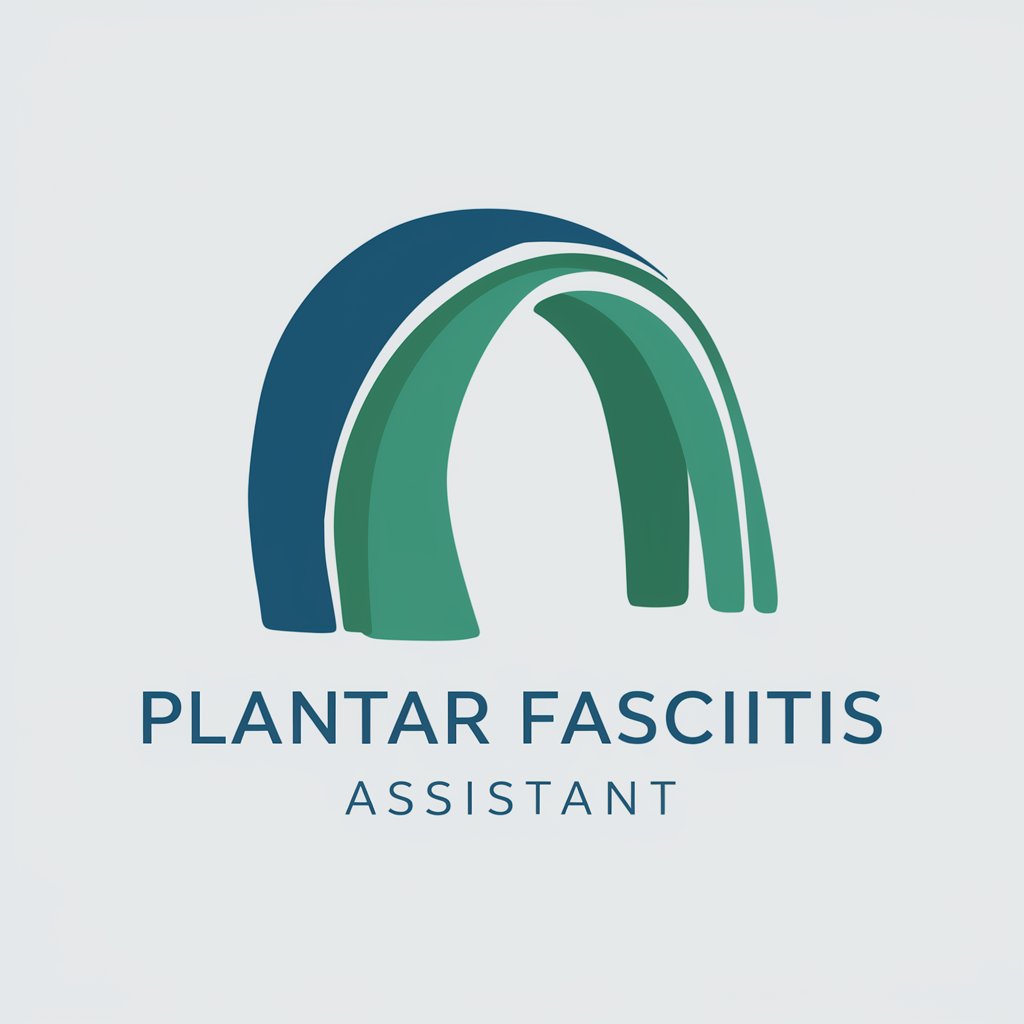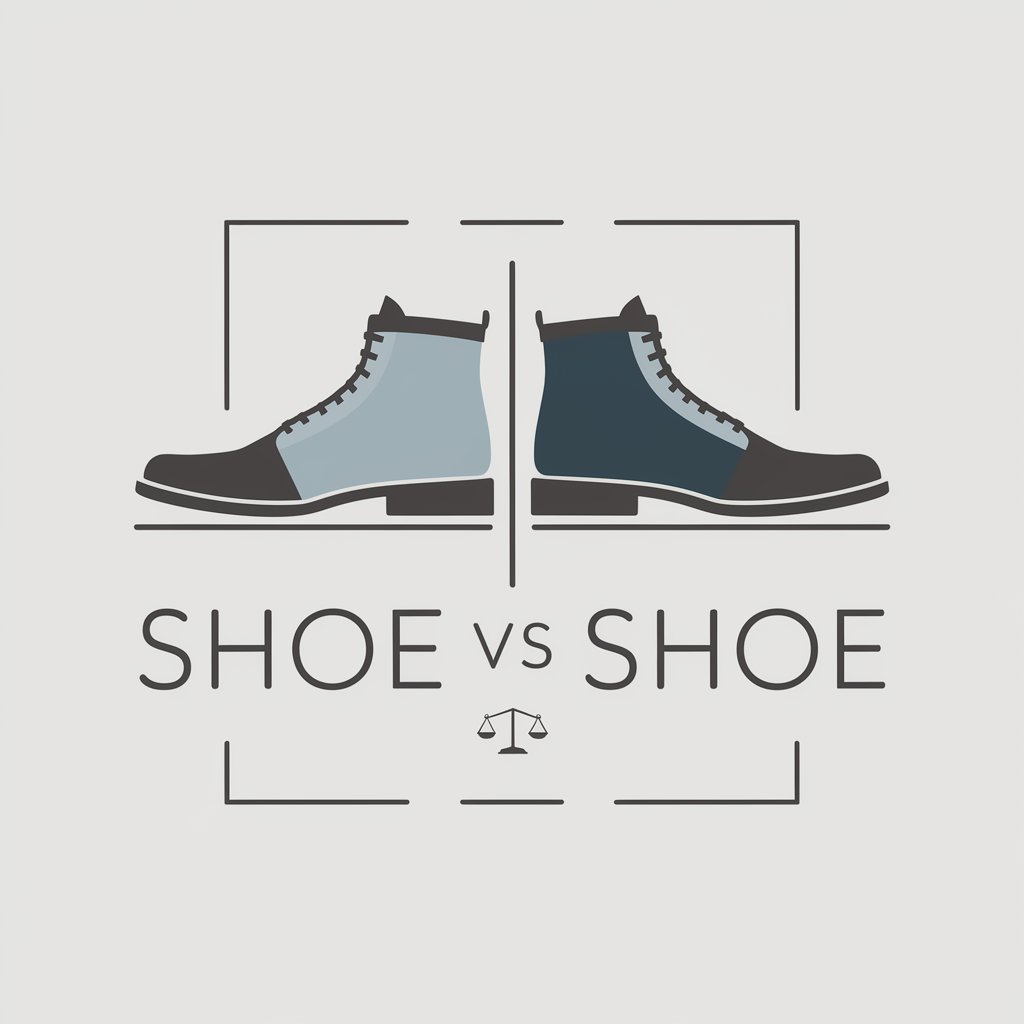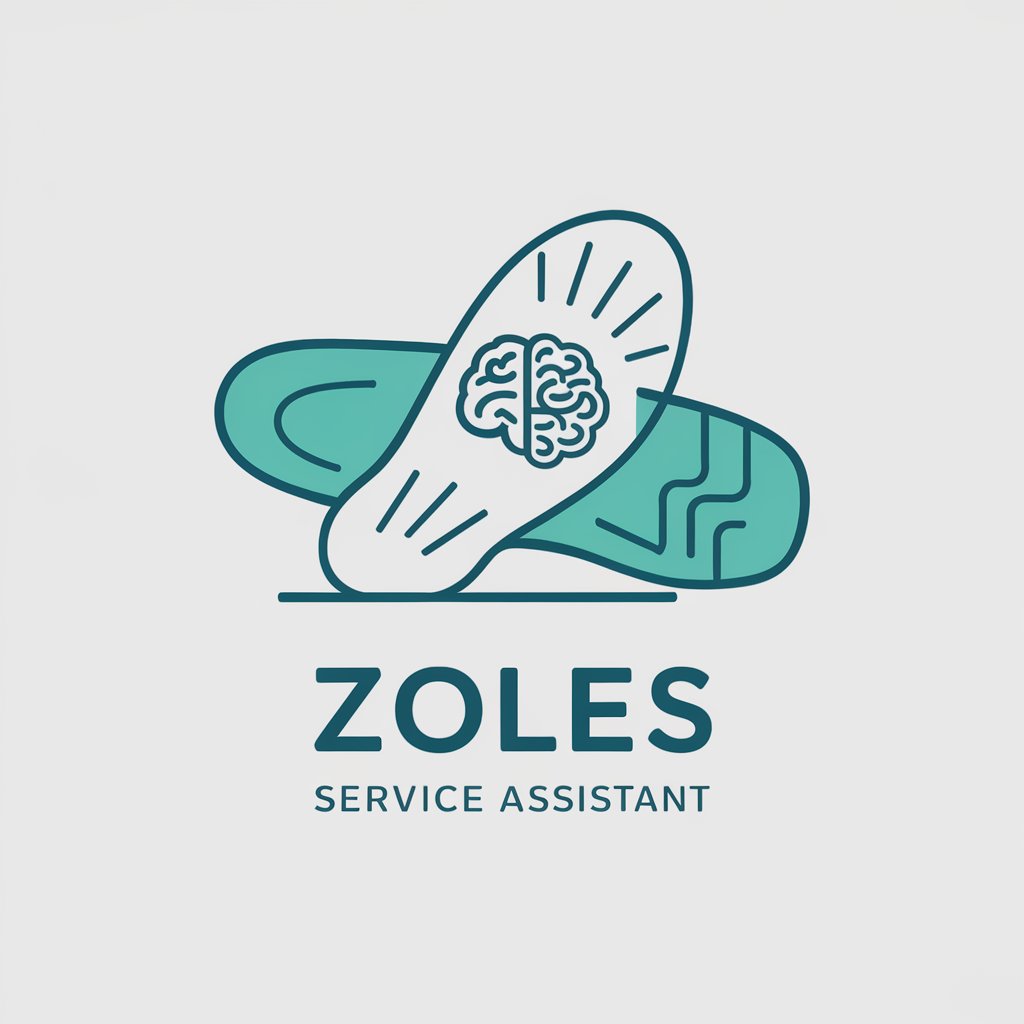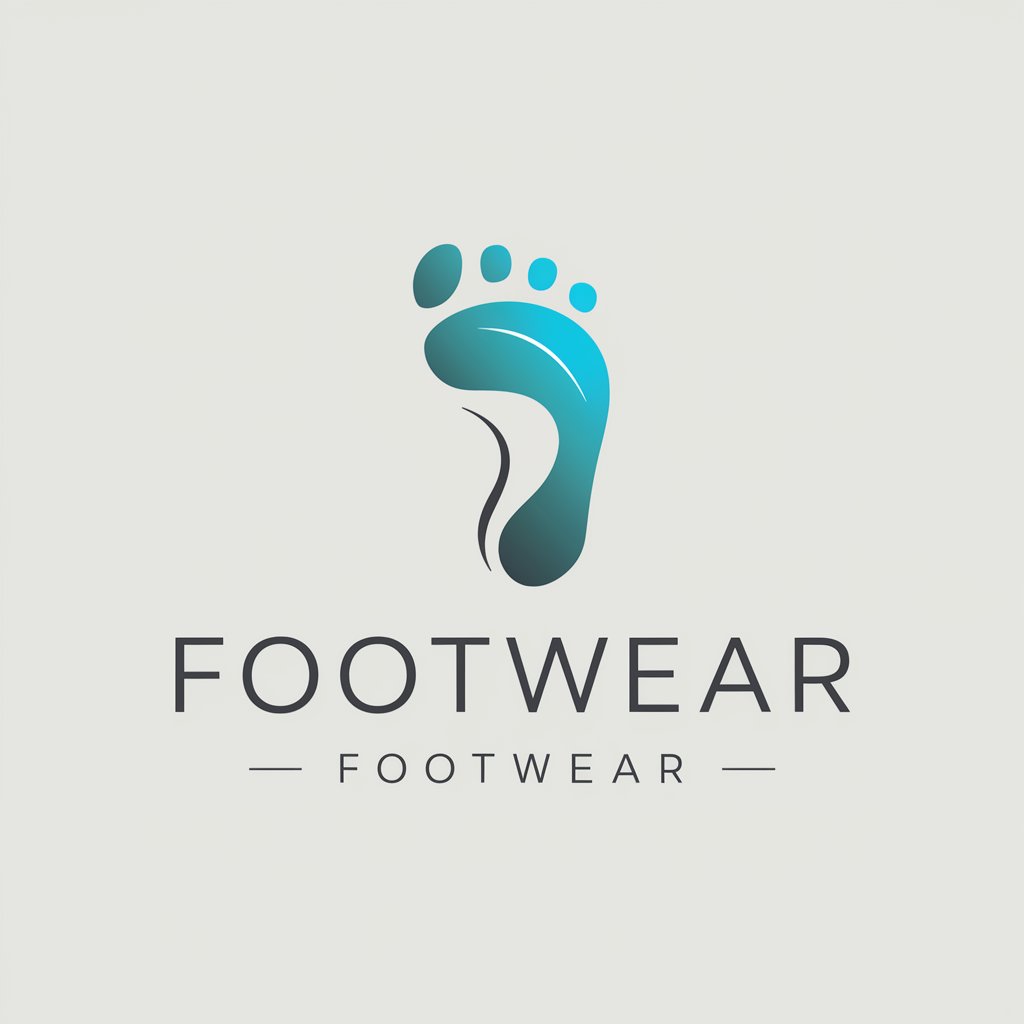
Shoe Cushioning and Support - Expert Footwear Support

Welcome to Shoe Cushioning and Support GPT, your expert guide to foot comfort and health.
Elevating Comfort with AI-Powered Footwear Solutions
How do I choose the right shoes for my foot type?
What are the best materials for shoe cushioning?
Can you explain the benefits of arch support in shoes?
What should I look for in running shoes to prevent injury?
Get Embed Code
Overview of Shoe Cushioning and Support
Shoe Cushioning and Support refers to the design elements and technologies integrated into footwear to enhance comfort, reduce impact stress, and provide stability during movement. These features are crucial in absorbing shock, distributing pressure evenly, and supporting the natural alignment of the foot. For example, running shoes often incorporate advanced cushioning systems like gel pads or foam materials to mitigate the force experienced during footstrike, while walking shoes might prioritize structured support to ensure all-day comfort. Powered by ChatGPT-4o。

Core Functions of Shoe Cushioning and Support
Impact Absorption
Example
Gel or air-based cushioning systems
Scenario
In running shoes, these systems absorb the high-impact forces generated each time a runner's foot strikes the ground, reducing stress on joints and minimizing fatigue.
Pressure Distribution
Example
Contoured footbeds and midsoles
Scenario
In orthopedic or comfort-focused shoes, these features help distribute body weight evenly across the foot, preventing pressure points and enhancing comfort during prolonged standing or walking.
Arch Support
Example
Structured insoles or midsole designs
Scenario
Especially beneficial for individuals with flat feet or high arches, these design elements provide targeted support to the arch area, promoting natural foot alignment and reducing the risk of overpronation or supination.
Stability and Motion Control
Example
Reinforced heel counters and guide rails
Scenario
For activities requiring lateral movements, such as tennis, these features offer additional support around the heel and sides of the foot, aiding in balance and preventing excessive foot rotation.
Target Users of Shoe Cushioning and Support Services
Athletes and Runners
This group benefits from specialized cushioning and support to handle the repetitive, high-impact forces of running and sports, aiding in performance and injury prevention.
Individuals with Foot Conditions
People suffering from plantar fasciitis, flat feet, or other podiatric conditions often require shoes with enhanced support and cushioning to manage pain and facilitate healing.
Professionals on Their Feet All Day
Workers in professions that involve extended periods of standing or walking, such as healthcare or retail, need shoes that offer sustained comfort and support to mitigate fatigue and discomfort.
Elderly Individuals
As the foot's natural cushioning tends to diminish with age, elderly users benefit significantly from shoes designed to provide extra cushioning and support, enhancing mobility and reducing fall risk.

How to Utilize Shoe Cushioning and Support
1
Initiate your exploration by engaging with our platform for a complimentary trial, accessible without the necessity for account creation or subscription.
2
Identify your specific needs by considering factors such as foot type, common discomforts, and your primary activities (e.g., running, walking, standing for long periods).
3
Select the appropriate shoe cushioning and support products or solutions that align with your identified needs, utilizing the detailed guides and comparisons available.
4
Apply the recommended solutions to your footwear, following the instructions provided for installation or insertion, ensuring proper alignment and fit.
5
Evaluate the effectiveness of the chosen solutions through regular use, paying attention to changes in comfort, support, and any reduction in discomfort or pain.
Try other advanced and practical GPTs
Supreme Intelligence
Unlock wisdom with AI

The Constitution of the United States of America
Empowering constitutional understanding with AI

介護事業所向けBCP作成支援ツール(自然災害編)
AI-powered disaster readiness for care facilities
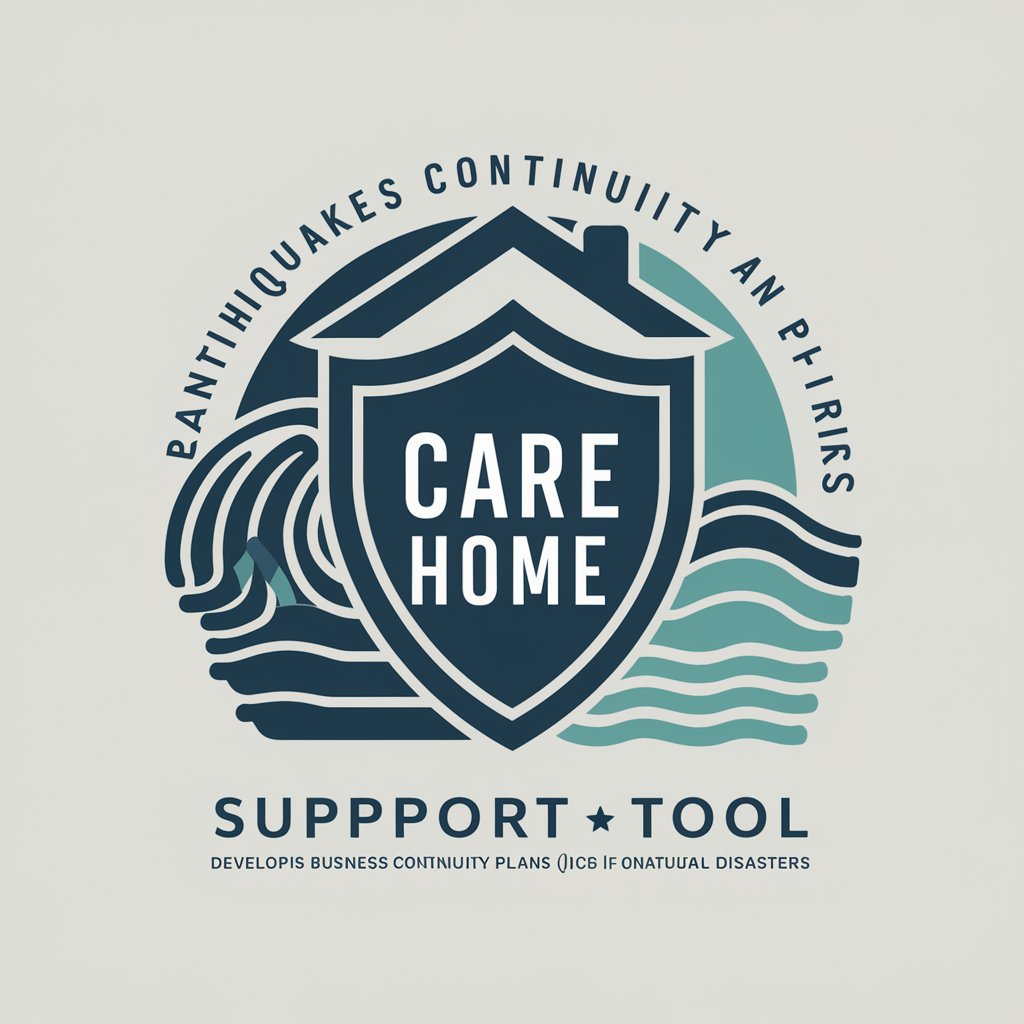
SEO Utils - GSC Data Analyzer
Empower SEO with AI-driven analysis.

Shoe Material Guide
Empowering footwear decisions with AI.
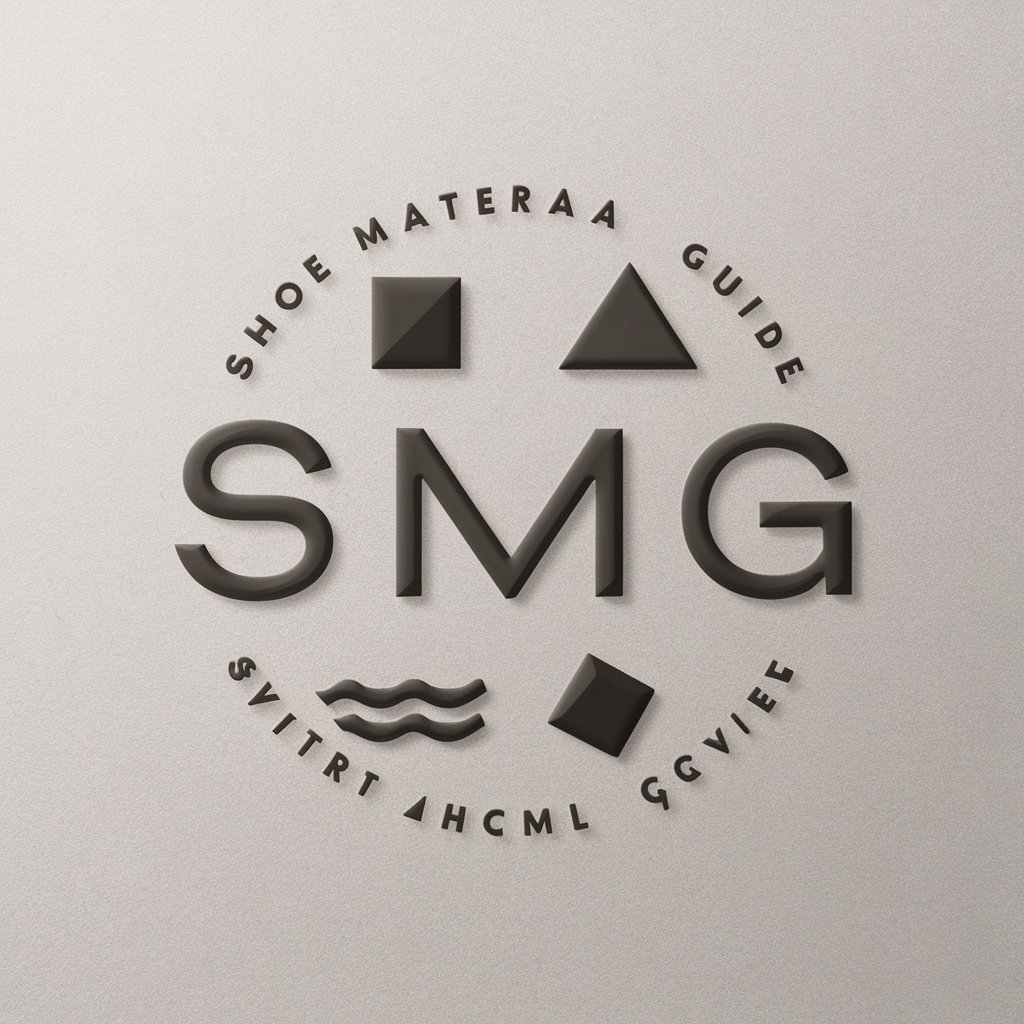
Shoe Style Savvy
Styling Your Steps with AI
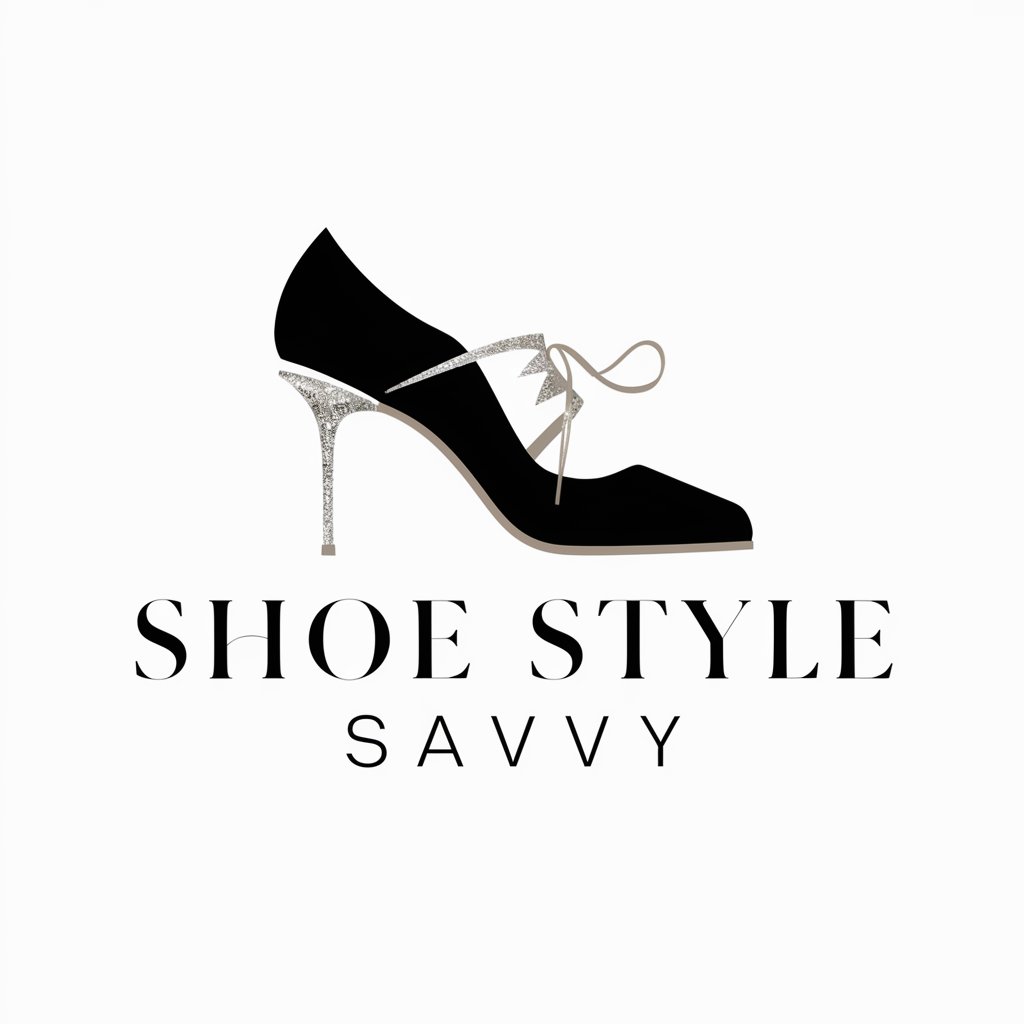
Shoe Size and Fit
Find Your Perfect Fit with AI
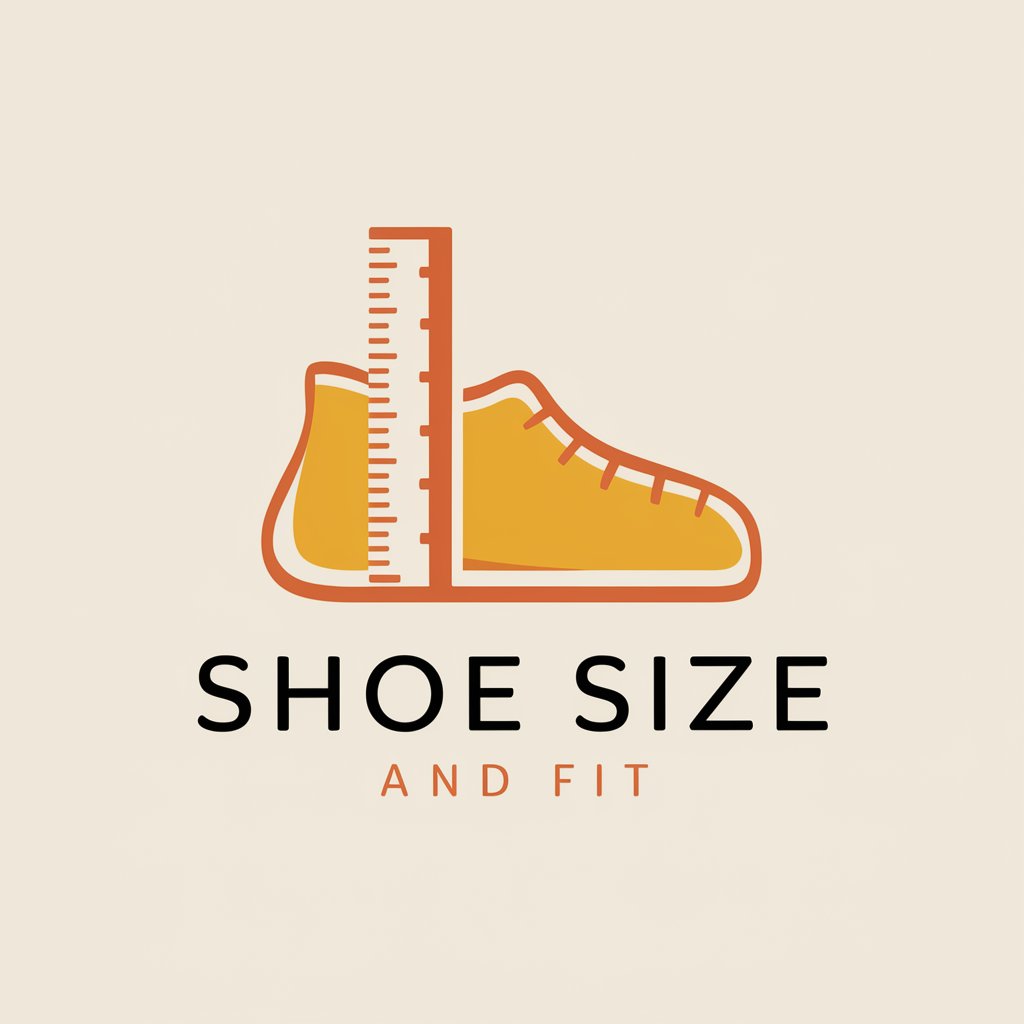
Color Cues
Discover Your Perfect Shoe Color with AI

Shoe Color Consultant
Personalized AI-powered shoe color guidance

Shoe Color Psychology
Find Your Hue: AI-Powered Shoe Color Advice
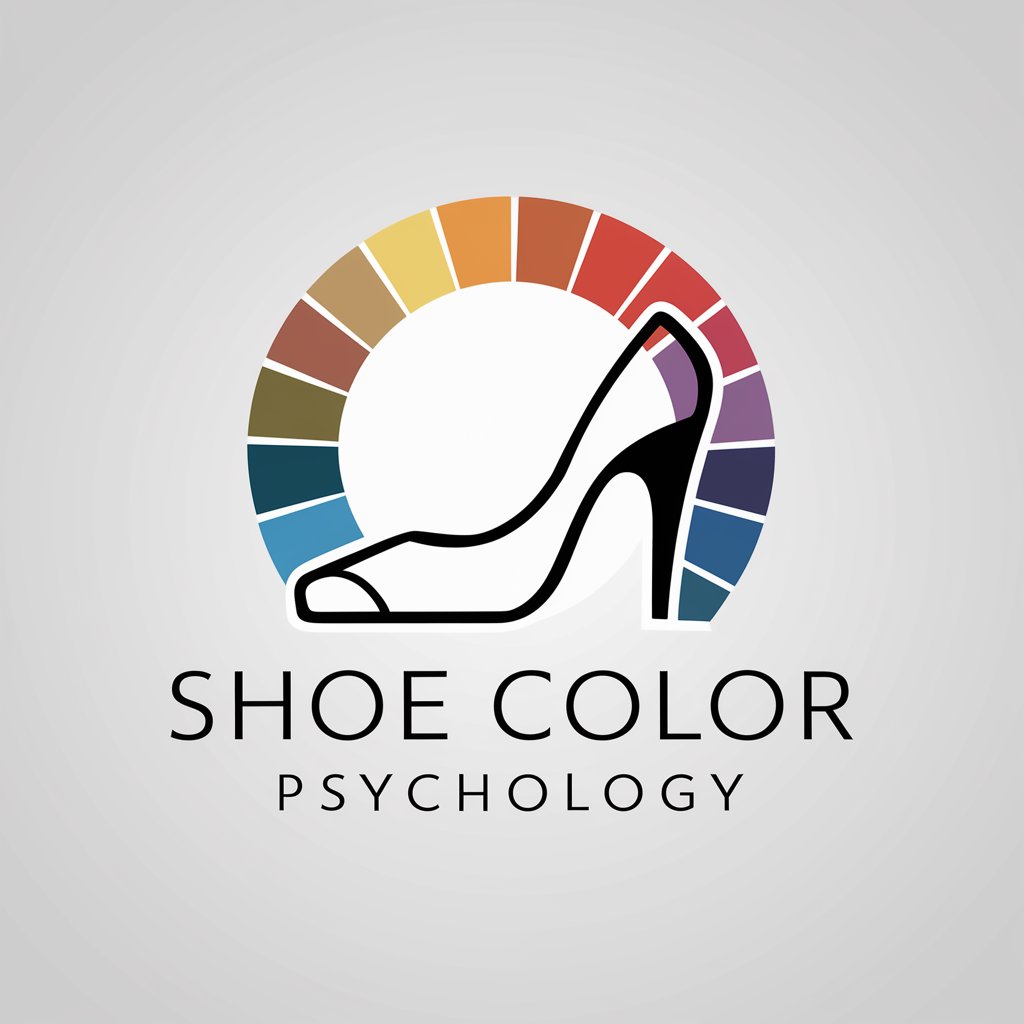
Color Trendsetter
Empower Your Style with AI Color Insights

Color Step Advisor
Harmonize Your Style with AI
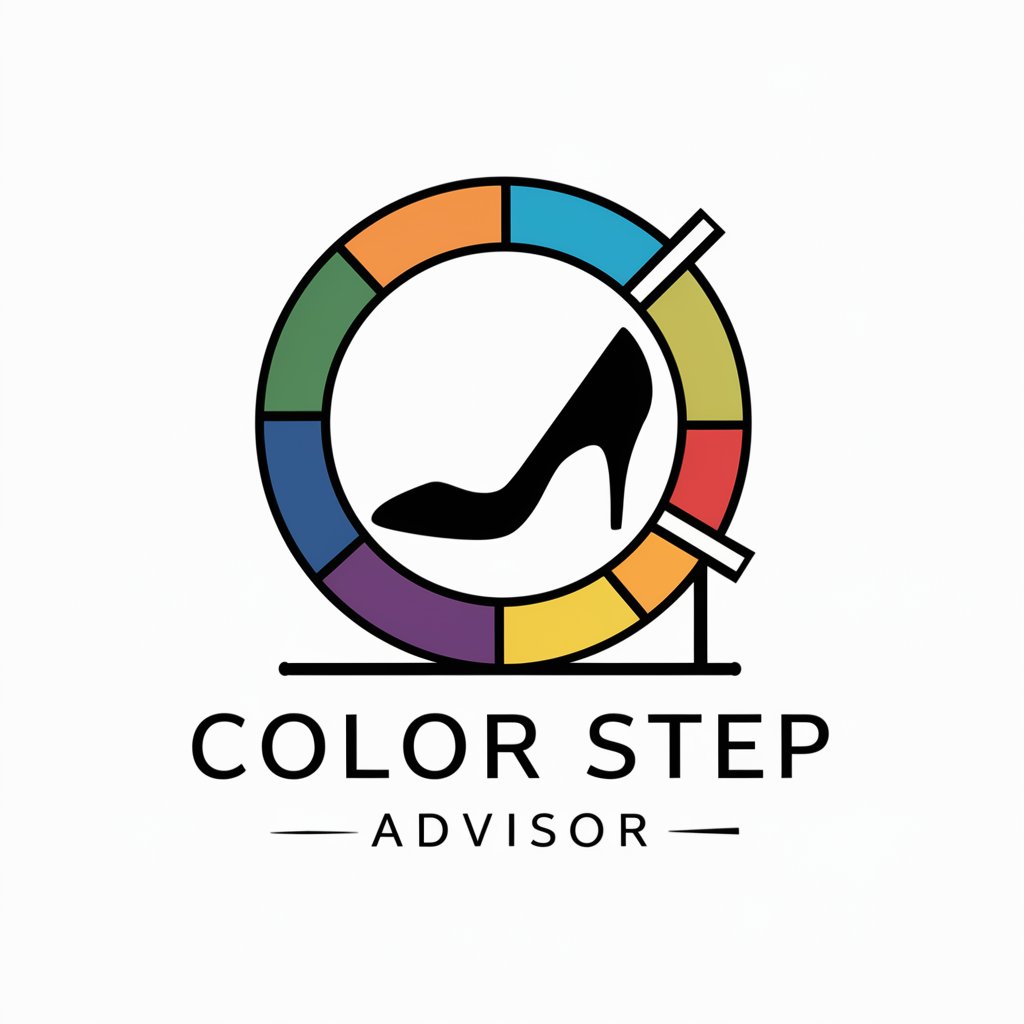
Frequently Asked Questions about Shoe Cushioning and Support
What is the significance of shoe cushioning and support?
Shoe cushioning and support play a pivotal role in distributing pressure evenly across the foot, reducing stress on key areas, and enhancing comfort and stability during various activities.
How do I know if I need additional cushioning or support?
Signs that you might need additional cushioning or support include experiencing foot pain, discomfort while wearing shoes for extended periods, or having a foot condition that affects your gait or posture.
Can shoe cushioning and support help with specific foot conditions?
Yes, targeted cushioning and support can alleviate symptoms of various foot conditions, such as plantar fasciitis, flat feet, and high arches, by providing tailored support and relieving pressure points.
Are there different types of cushioning and support for various activities?
Indeed, there are specialized solutions tailored for different activities, including running, hiking, and everyday wear, each designed to offer the optimal balance of comfort, support, and durability.
How often should I replace my shoe cushioning and support products?
The lifespan of cushioning and support products varies, but it's recommended to assess their condition regularly and consider replacement every 6 to 12 months, depending on usage intensity and signs of wear.
